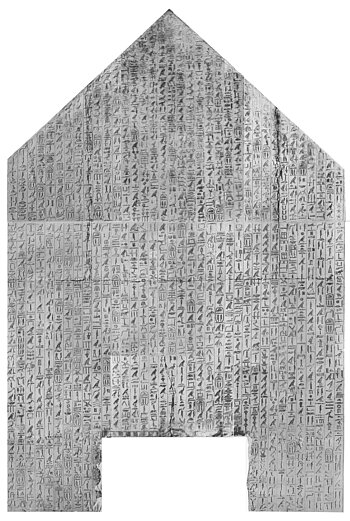Work Programme Egyptology
The MagEIA's Egyptology team looks at the magical protection of the king in the longue durée. Thus, the postdoctoral researcher goes into the historical depth of the ancient Egyptian magical text tradition and to its beginning, to the pyramid texts, which are first attested in the pyramid of Unas in the second half of the 3rd millennium BC, but are probably much older. In this corpus the oldest recitanda to royal protection rituals are attested. Among other things, the linguistic register, rhetorical strategies, stylistics, and the formal structure of the spells will be examined.
In a second step, the postdoctoral researcher will use case studies to examine how protection rituals of later times used these ancient recitation texts. For example, the Apophis ritual or the Recueil de prophylaxie contre les aggressions des animaux venimeux (Papyrus Brooklyn 47.218.138) – both surviving in manuscripts of the 4th century BC – are likely to be relevant in this regard. What has changed since the Pyramid Texts, and how are particular spells, phrases, or formal patterns adapted? This work, whose focus is in RA 2 ("Language"), is closely related to the research of the Comparative Philology core team through its linguistic approach.
In the Akkadian ritual Bīt mēseri ("House of Enclosure"), the patient's room is covered over and over with protective imagery in the course of the ritual. Analogies to Egypt open up here. The Horus temple of Edfu, decorated between 237 and 57 BC, shows us how such protective imagery could have been realized. The temple, however, is not so much a "house of enclosure", but rather a "house of exclusion", namely of evil. This is expressed above all by the decoration of the enclosure wall, where the two rituals sa-per "protection of the house" and meket-hau "guarding the body" are found. These are adaptations of royal rituals into the temple context, which PI Stadler wants to deal within MagEIA. Consequently, Stadler's contribution is mainly in RA 1 ("Texts"), which also fits into the research of Würzburg Egyptology in Edfu.
The texts edited by the postdoctoral researcher and Stadler will be entered into the database system of the Thesaurus Linguae Aegyptiae. This work belongs to RA 3 ("Annotation").







